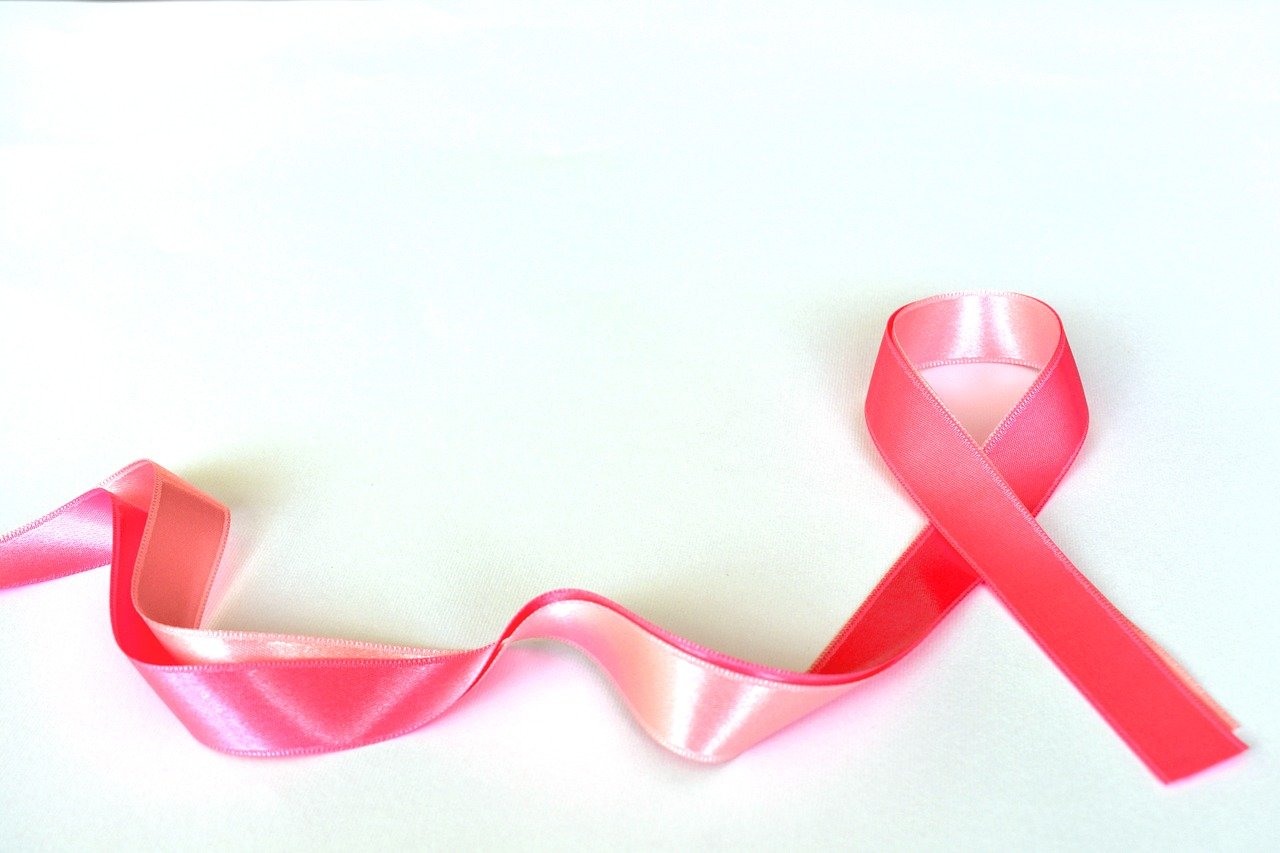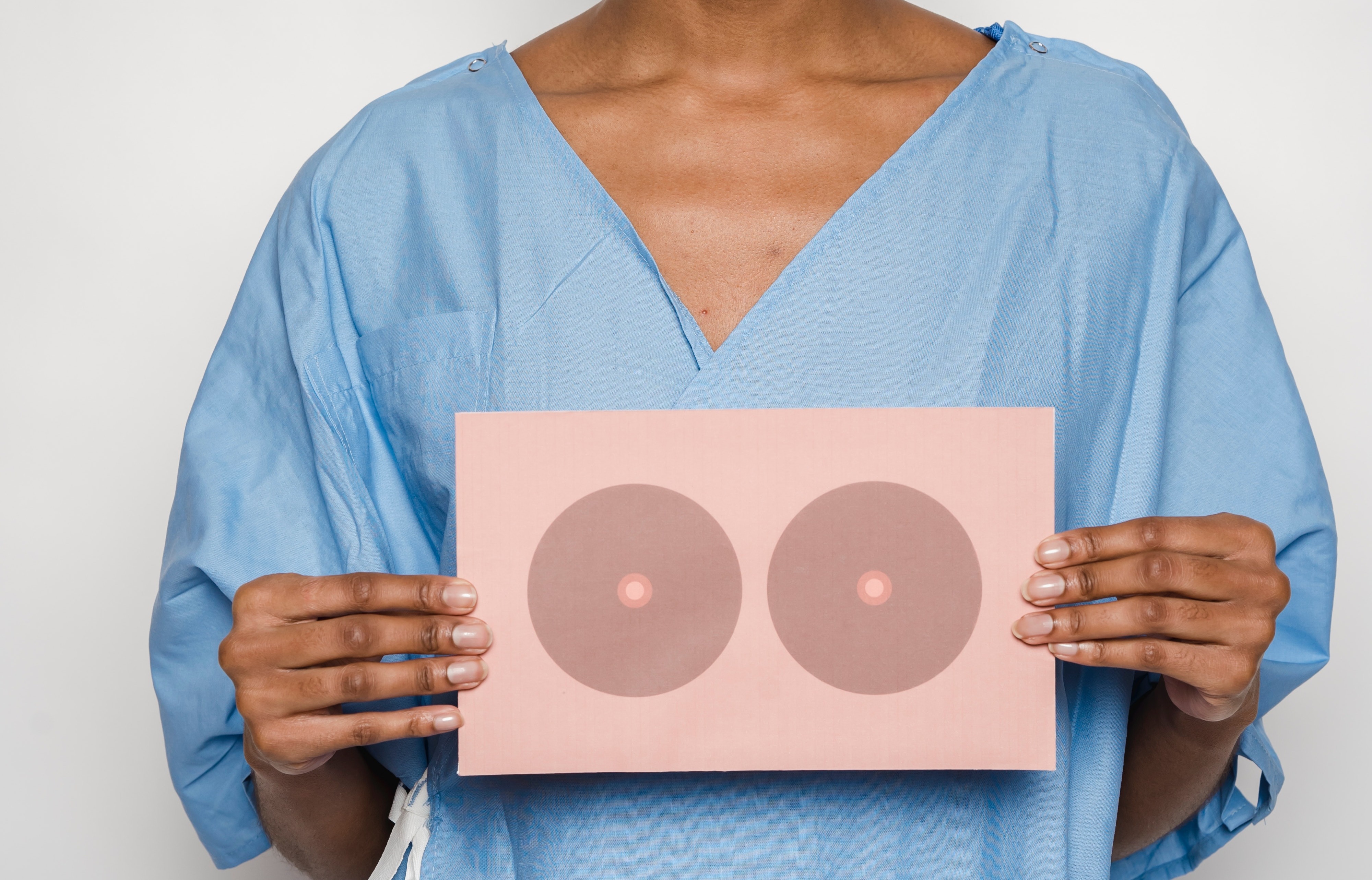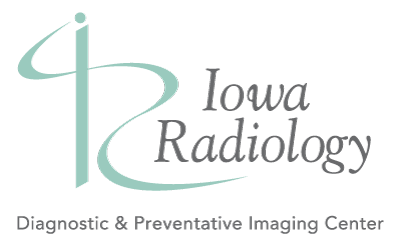Breast Cancer Support Networks and Resources
Nov 12, 2024 8:02:00 AM Posted by Iowa Radiology
A breast cancer diagnosis can be incredibly stressful and overwhelming, but you don’t have to make this journey alone. Numerous support networks and resources are available to help you navigate the emotional and psychological...
Breast Cancer and Hormone Therapy
Oct 8, 2024 7:00:00 AM Posted by Iowa Radiology
There are many different types of breast cancer. Many breast cancer tumors—around 70% to 80%—have receptors for hormones like estrogen and progesterone. These receptors bind to their respective hormones, helping the tumor to...
Advancements in Breast Imaging Technology
Sep 10, 2024 7:00:00 AM Posted by Iowa Radiology
Breast cancer is a leading cause of cancer death among women—second only to lung cancer. Approximately 1 in 8 women will develop breast cancer in her lifetime. Breast cancer rates have been increasing slightly in recent years,...
Breast Cancer Survivorship: Life Beyond Treatment
Nov 8, 2023 8:15:00 AM Posted by Iowa Radiology
At the beginning of 2022, there were more than four million breast cancer survivors in the U.S. Breast cancer is an incredibly common illness, affecting approximately one in eight women (12.5%). Fortunately, great strides have...
Hereditary Breast Cancer: BRCA Mutations & Beyond
Oct 9, 2023 7:15:00 AM Posted by Iowa Radiology
While there are several steps we can take to reduce cancer risk, some risk factors, like breast density and genetic makeup, are beyond our control. Although around one third of breast cancer cases are thought to arise from...
When and How Often Should You Be Screened for Breast Cancer?
Dec 19, 2022 9:15:00 AM Posted by Iowa Radiology
When should mammography begin?
In recent years, differing guidelines for mammography screening offered by various groups of medical professionals have sparked confusion among patients. With a range of professional opinions, it...
Alternatives to Breast Reconstruction After Mastectomy
Oct 12, 2021 11:09:00 AM Posted by Iowa Radiology
Following a mastectomy to remove breast cancer, some women undergo reconstructive surgery, and some do not. The decision is very personal, and the right choice for each woman is the one that best supports her physical and mental...
5 Things to Know About Breast Reconstruction After Cancer
Sep 15, 2021 11:19:00 AM Posted by Iowa Radiology
If you have had or are planning to have a mastectomy following a breast cancer diagnosis, you may decide to have reconstructive surgery to restore the shape of your breasts. To make the best choices for your body, mind, and...
2-D or 3-D Mammogram: Which Is Better?
Sep 8, 2020 1:45:00 PM Posted by Iowa Radiology
Breast cancer screening is constantly evolving. Since mammography began to work its way into women’s health care in the 1950s, advances in technology have made it both safer and more effective. Today, women have more choices than...
What You Should Know about Breast Density and Cancer Screening
Jan 27, 2020 11:15:00 AM Posted by Iowa Radiology
Since 2017, Iowa law has required mammography providers to include information about breast density in mammography reports. You may have questions about what this information means for you, your health, and the effectiveness of...







.png)



